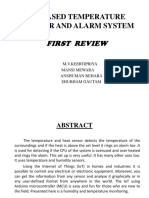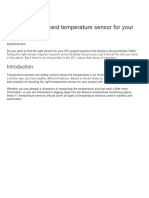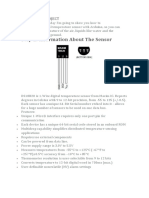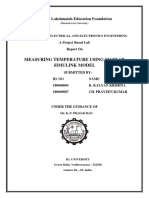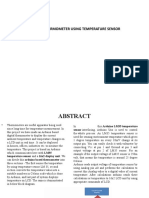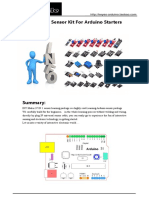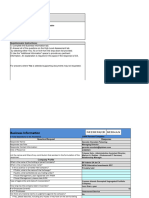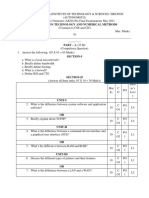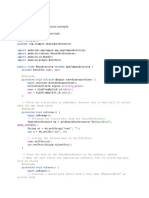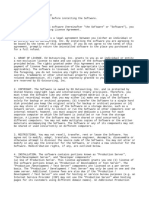0% found this document useful (0 votes)
21 views11 pagesArduino Based Temperature Sensor
An Arduino based temperature sensor measures and displays surrounding temperature, commonly used in applications like weather monitoring and HVAC systems. It requires components such as an Arduino board, temperature sensor, and display unit, and involves programming for data processing and visualization. Future trends include miniaturization, energy efficiency, and integration with AI for enhanced temperature control in IoT and smart city initiatives.
Uploaded by
info.vipul2005Copyright
© © All Rights Reserved
We take content rights seriously. If you suspect this is your content, claim it here.
Available Formats
Download as PPTX, PDF, TXT or read online on Scribd
0% found this document useful (0 votes)
21 views11 pagesArduino Based Temperature Sensor
An Arduino based temperature sensor measures and displays surrounding temperature, commonly used in applications like weather monitoring and HVAC systems. It requires components such as an Arduino board, temperature sensor, and display unit, and involves programming for data processing and visualization. Future trends include miniaturization, energy efficiency, and integration with AI for enhanced temperature control in IoT and smart city initiatives.
Uploaded by
info.vipul2005Copyright
© © All Rights Reserved
We take content rights seriously. If you suspect this is your content, claim it here.
Available Formats
Download as PPTX, PDF, TXT or read online on Scribd
/ 11









